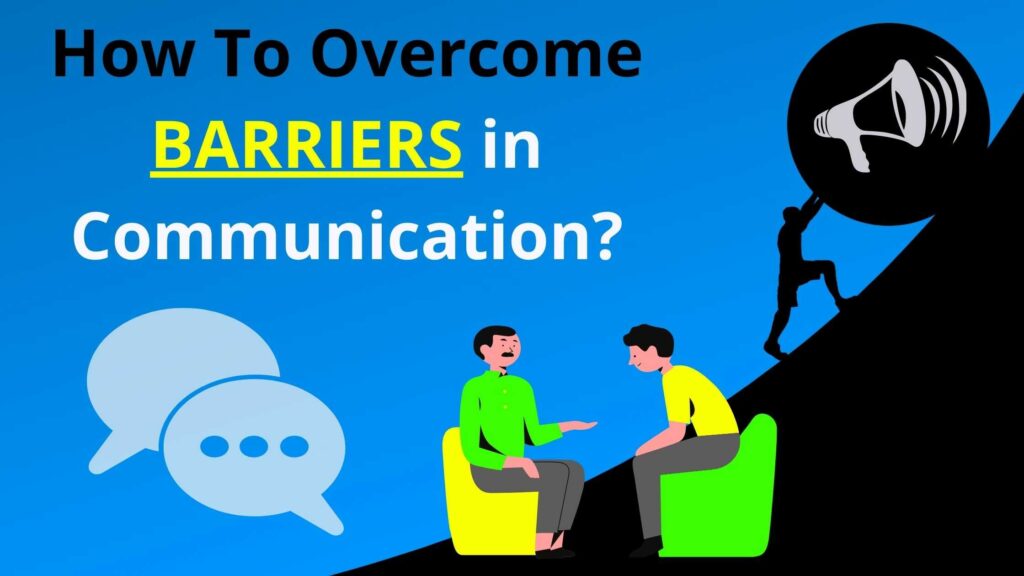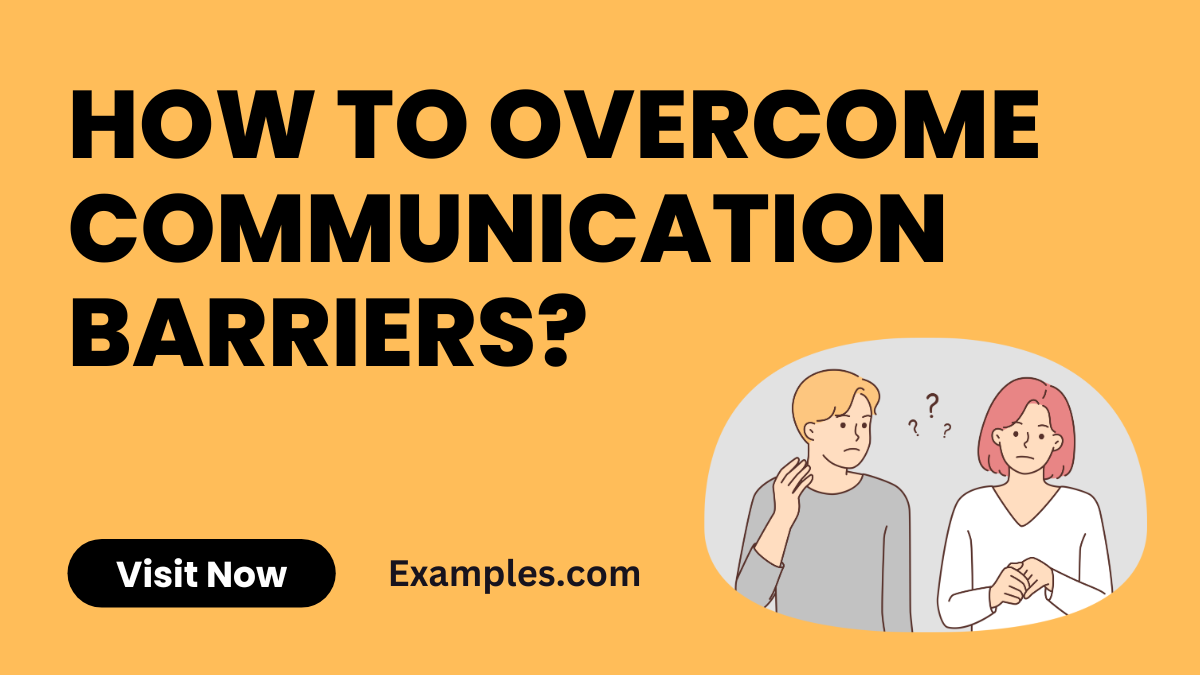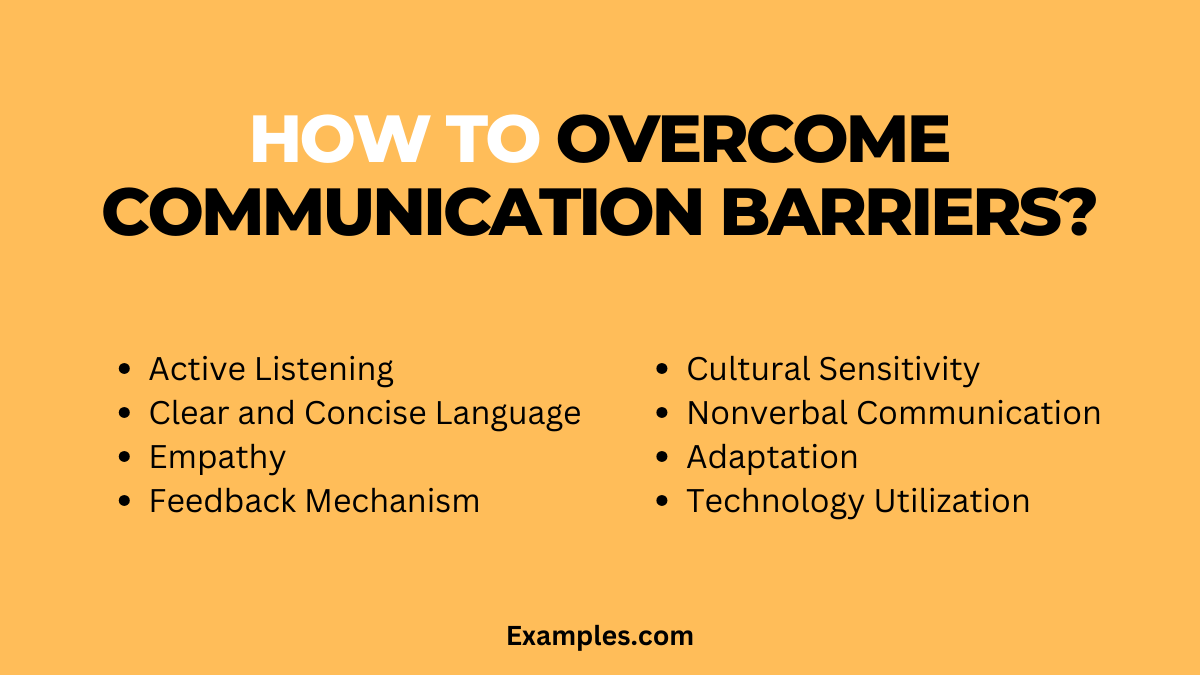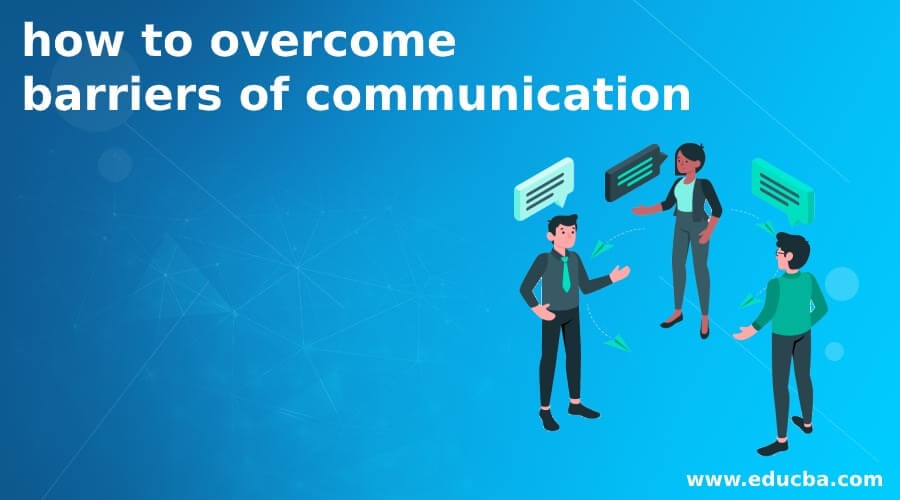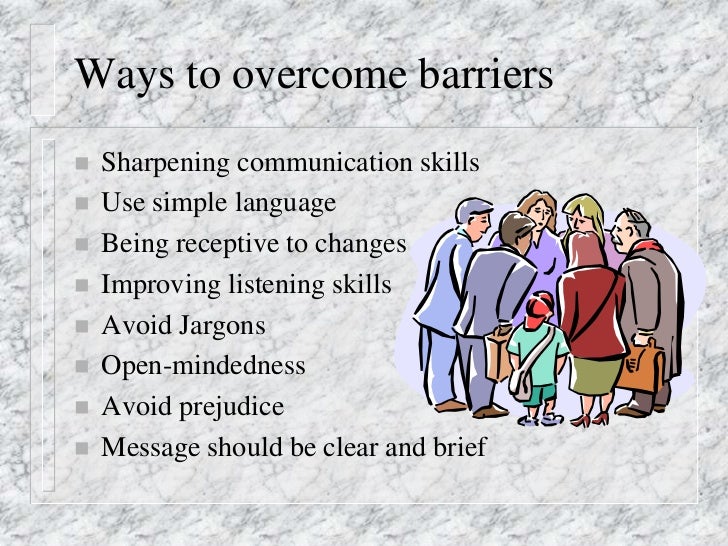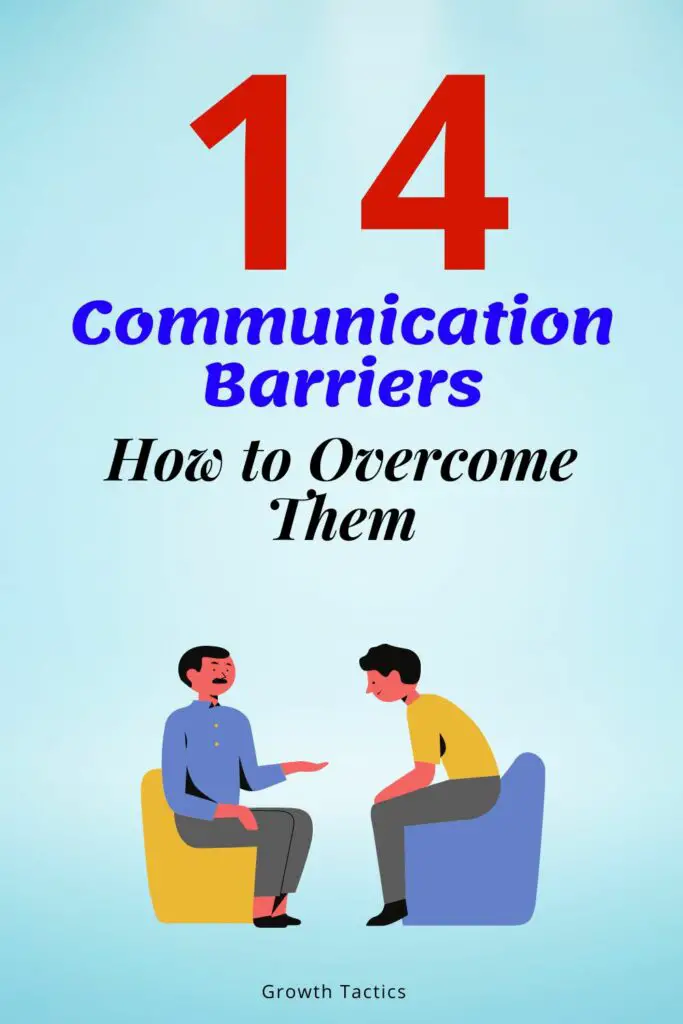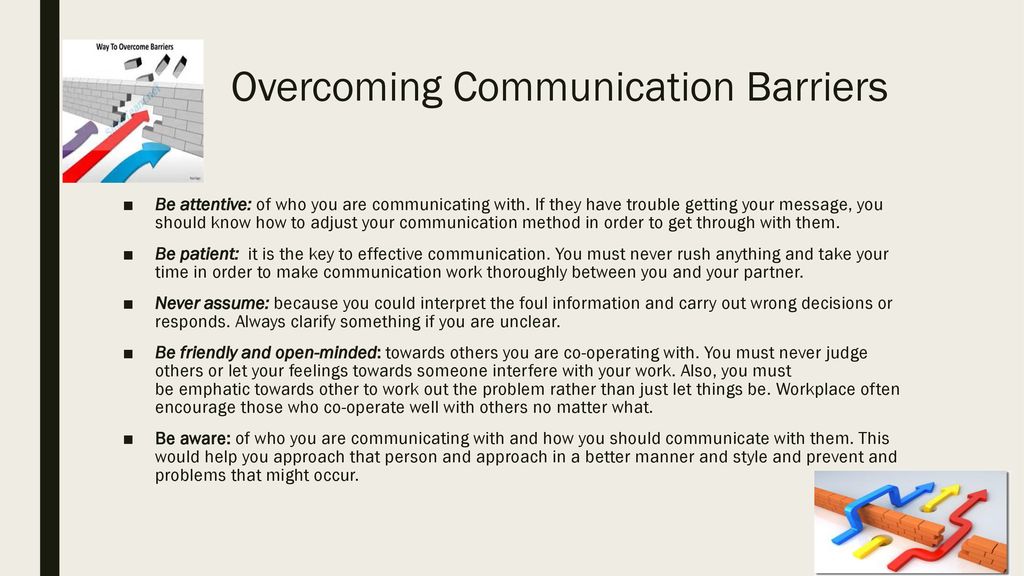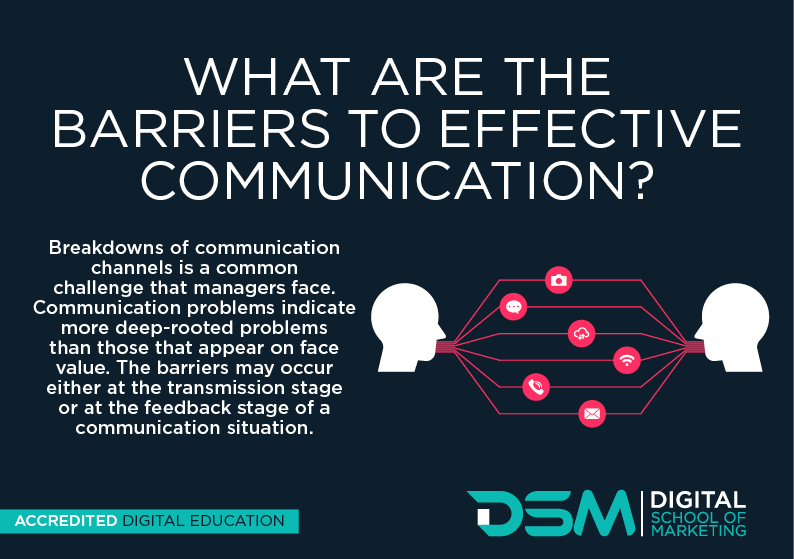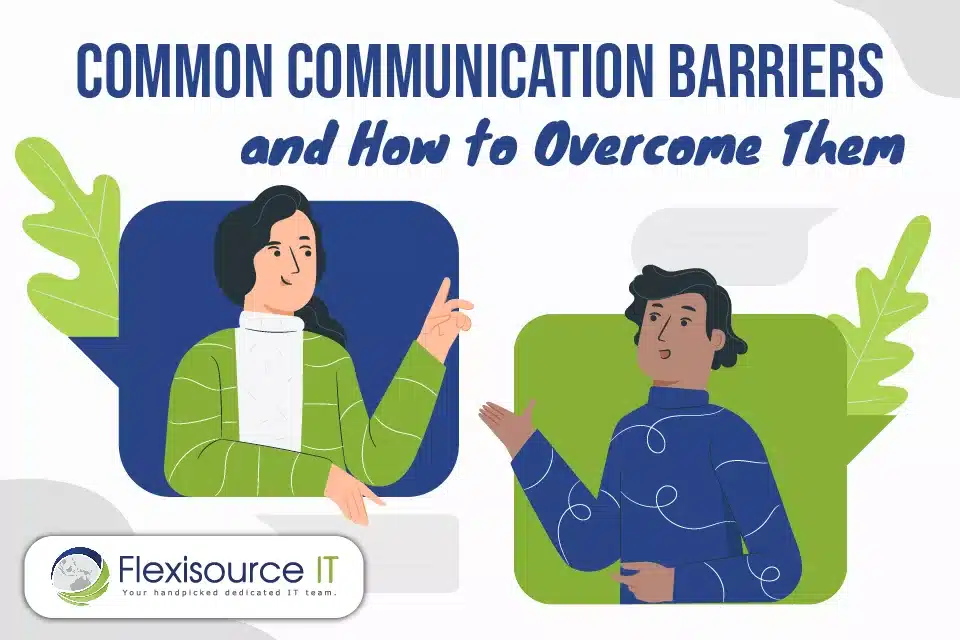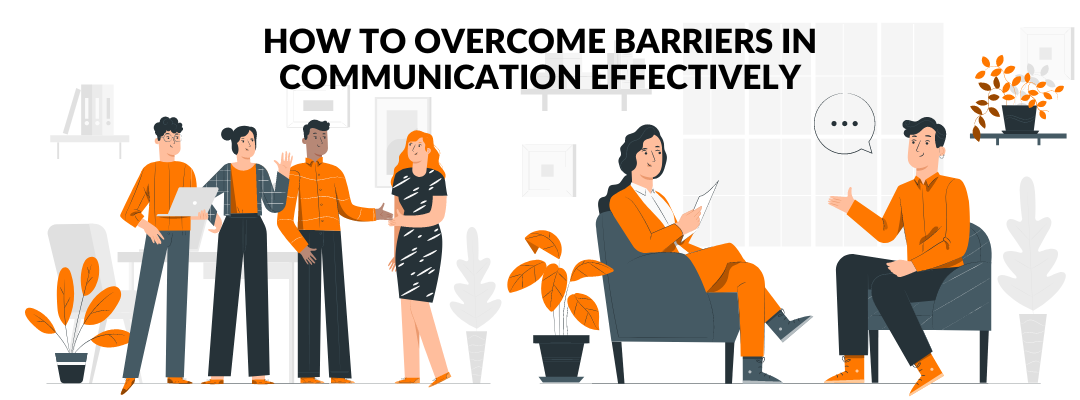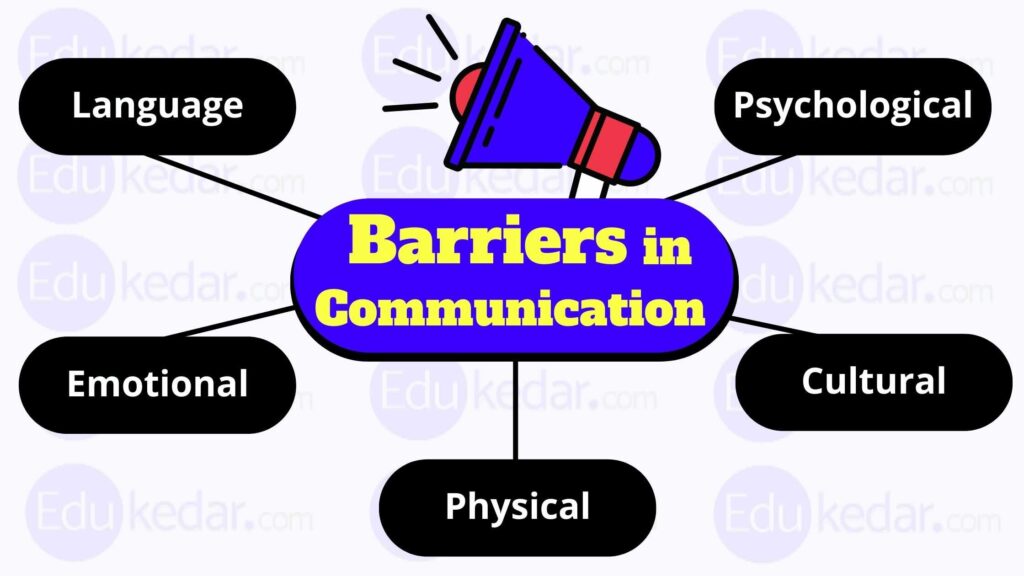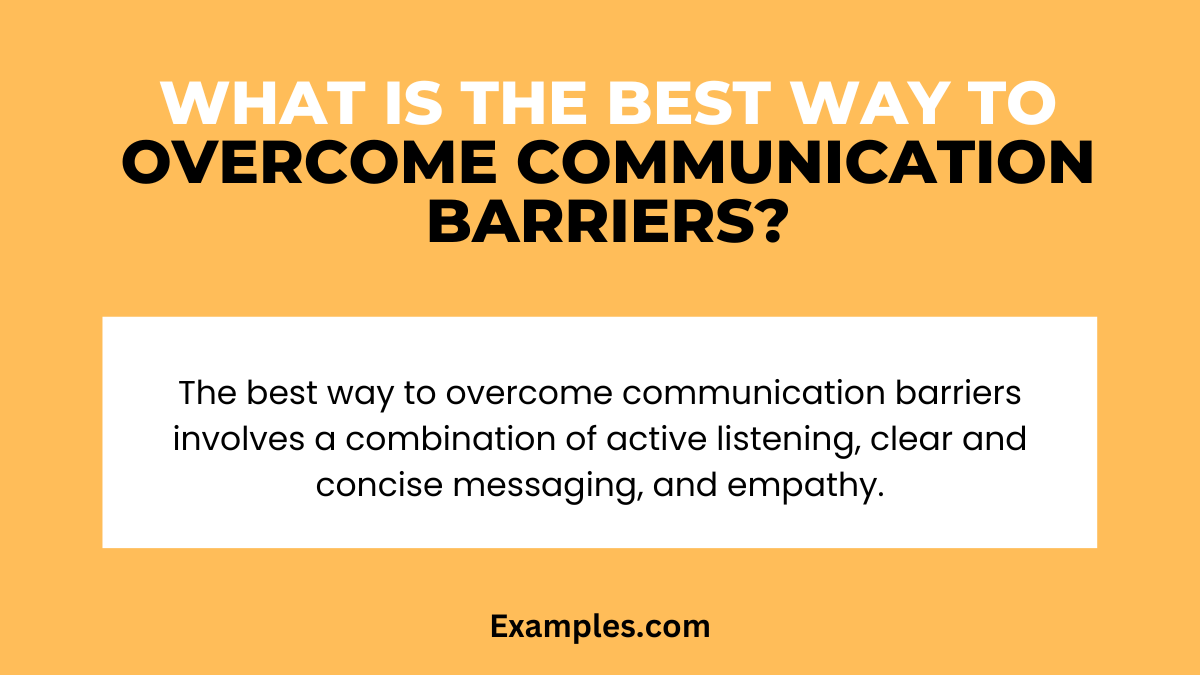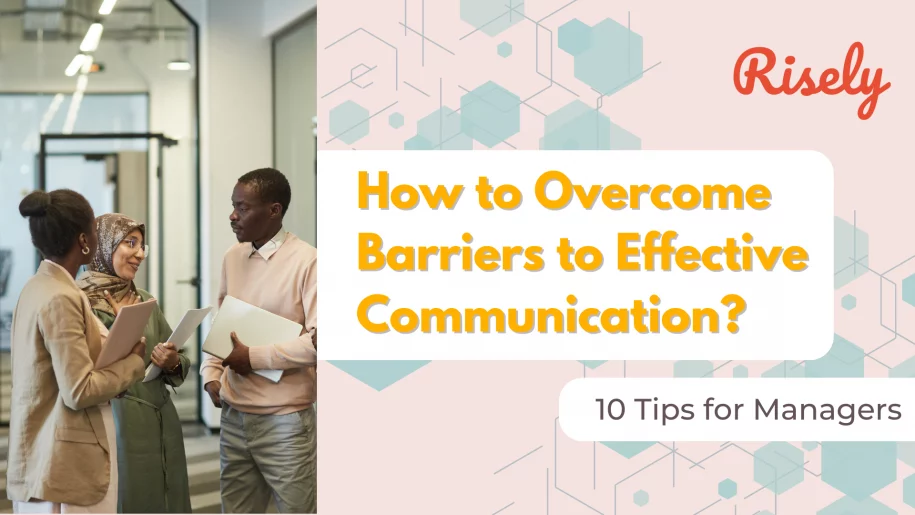How To Avoid Barriers To Communication
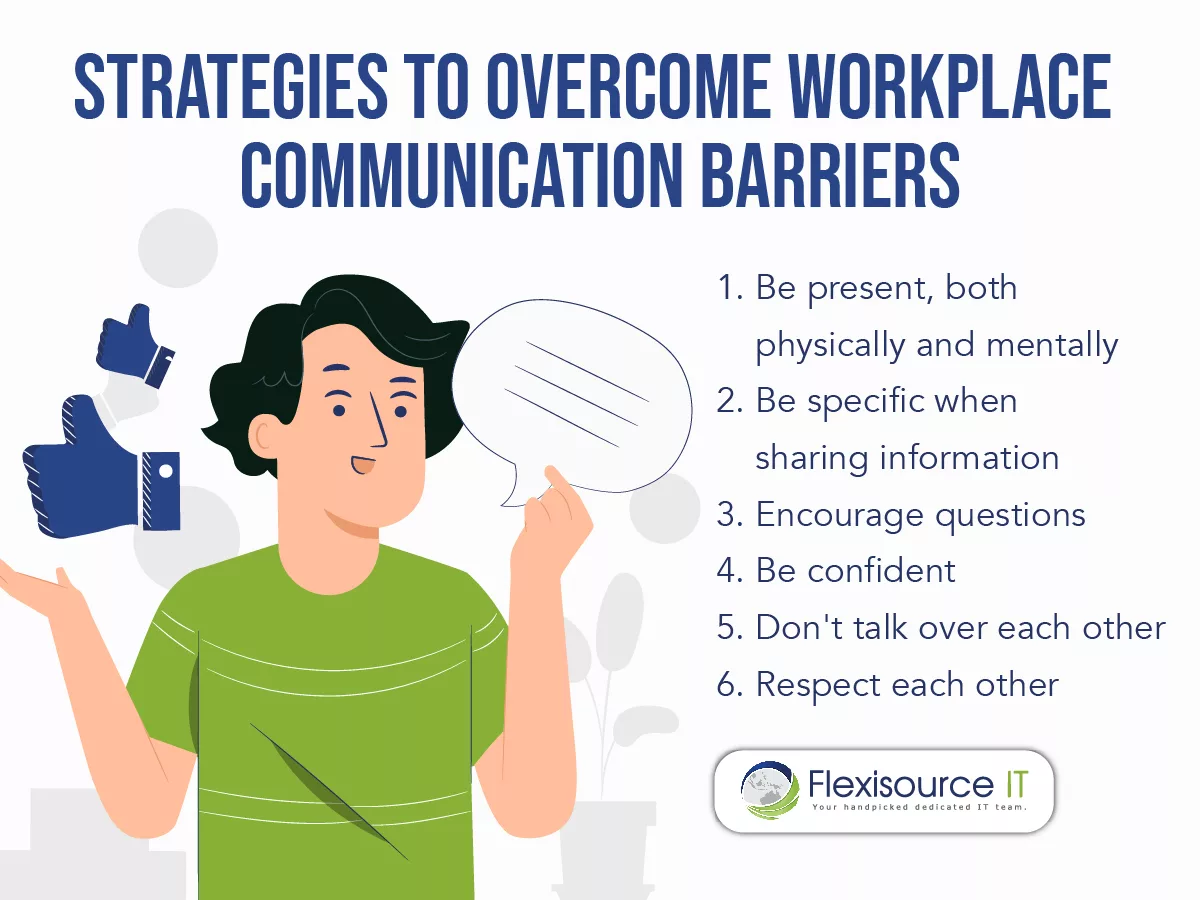
In today's interconnected world, where information flows at an unprecedented rate, the ability to communicate effectively is paramount. Yet, despite technological advancements, barriers to communication persist, hindering collaboration, productivity, and even personal relationships. The consequences of miscommunication can range from minor misunderstandings to significant conflicts, making it crucial to understand and mitigate these obstacles.
This article delves into the various barriers that impede clear communication, offering practical strategies to overcome them. Understanding these barriers and actively working to dismantle them is not merely an exercise in professional development; it's a fundamental skill for navigating the complexities of modern life.
Understanding the Landscape of Communication Barriers
Communication barriers can be broadly categorized into several types. These include physical, psychological, semantic, and cultural barriers.
Physical Barriers: Overcoming Environmental Obstacles
Physical barriers are perhaps the most obvious. They encompass environmental factors that disrupt the communication process.
Examples include noise levels, geographical distance, and technical difficulties such as poor internet connections during virtual meetings.
Mitigating these barriers often involves simple solutions: finding a quiet space, utilizing reliable technology, and ensuring accessibility for all participants, as recommended by the Americans with Disabilities Act (ADA) guidelines.
Psychological Barriers: Addressing Mental Roadblocks
Psychological barriers stem from our individual attitudes, biases, and emotional states. These internal factors can significantly distort the way we send and receive messages.
Preconceived notions, stereotypes, and emotional baggage can all color our interpretation of information. Active listening, empathy, and self-awareness are crucial tools for overcoming these barriers.
Consider practicing techniques to manage personal biases and cultivate an open mind, which the Harvard Business Review frequently highlights as essential for effective leadership and team collaboration.
Semantic Barriers: Bridging the Language Gap
Semantic barriers arise from the different interpretations of words and symbols. Language is inherently ambiguous, and the same word can have different meanings for different people.
Jargon, technical terms, and cultural idioms can further complicate communication, particularly in diverse workplaces. Clarity, conciseness, and the use of plain language are essential.
Providing context and seeking clarification can also help prevent misunderstandings.
“When I use a word,” Humpty Dumpty said, in rather a scornful tone, “it means just what I choose it to mean—neither more nor less.”This quote highlights the importance of ensuring mutual understanding of the terms used.
Cultural Barriers: Navigating Diverse Perspectives
Cultural barriers emerge from differences in values, beliefs, and communication styles across cultures. These differences can significantly impact how messages are interpreted and received.
Nonverbal cues, such as eye contact and body language, can vary dramatically across cultures. Cultural sensitivity and awareness are vital for effective cross-cultural communication.
The United Nations emphasizes the importance of intercultural dialogue to foster understanding and cooperation. Training programs focusing on cultural competency can help individuals and organizations navigate these complexities effectively.
Strategies for Effective Communication: A Proactive Approach
Overcoming communication barriers requires a proactive and multifaceted approach. By adopting specific strategies, individuals and organizations can foster a culture of clear and open communication.
Active Listening: Paying close attention to the speaker, both verbally and nonverbally, demonstrates respect and encourages open communication. Ask clarifying questions and summarize the speaker's points to ensure understanding.
Empathy: Trying to understand the other person's perspective, even if you disagree, builds trust and fosters a more collaborative environment. Acknowledge their feelings and validate their viewpoints.
Clarity and Conciseness: Use clear and concise language, avoiding jargon and technical terms when communicating with a diverse audience. Organize your thoughts logically and present your message in a structured manner.
Feedback: Encourage feedback from others to ensure that your message has been received and understood correctly. Be open to constructive criticism and use it to improve your communication skills.
Nonverbal Communication: Be mindful of your nonverbal cues, such as eye contact, body language, and tone of voice. Ensure that your nonverbal communication aligns with your verbal message to avoid sending mixed signals.
Looking Ahead: Cultivating a Culture of Clear Communication
The ability to communicate effectively is an ongoing process that requires continuous effort and self-reflection. Organizations must prioritize communication training and create a culture that values open dialogue and feedback.
By addressing the various barriers to communication and adopting proactive strategies, individuals and organizations can foster stronger relationships, improve collaboration, and achieve greater success.
In a world that is increasingly interconnected and complex, mastering the art of clear communication is not just a desirable skill; it is a necessity for navigating the challenges and opportunities of the 21st century. Investing in effective communication strategies is an investment in a more productive and harmonious future. Embrace clarity, foster understanding, and break down the barriers that divide us.
